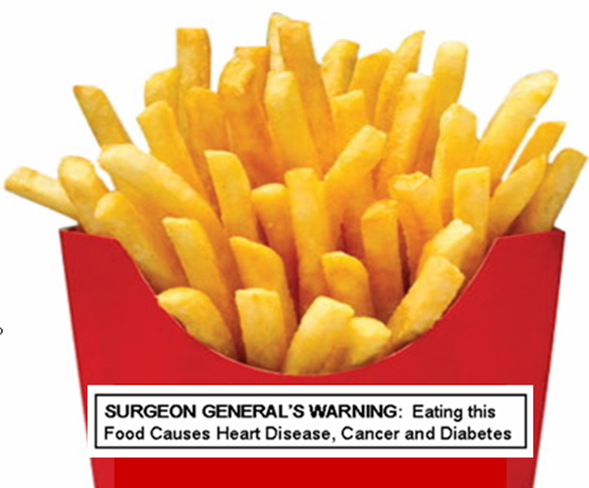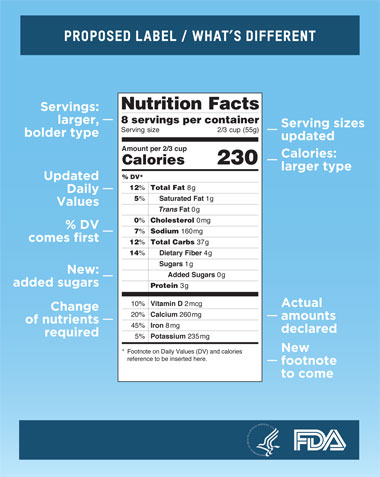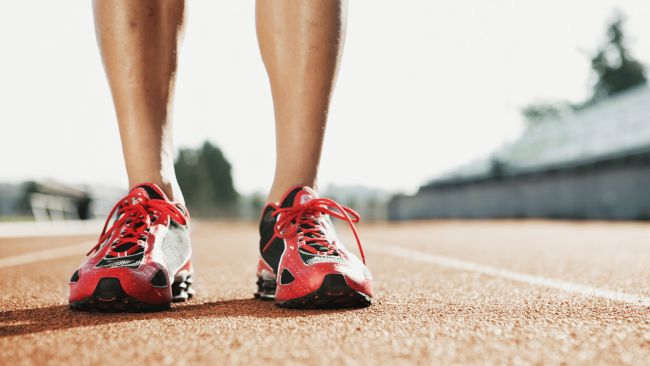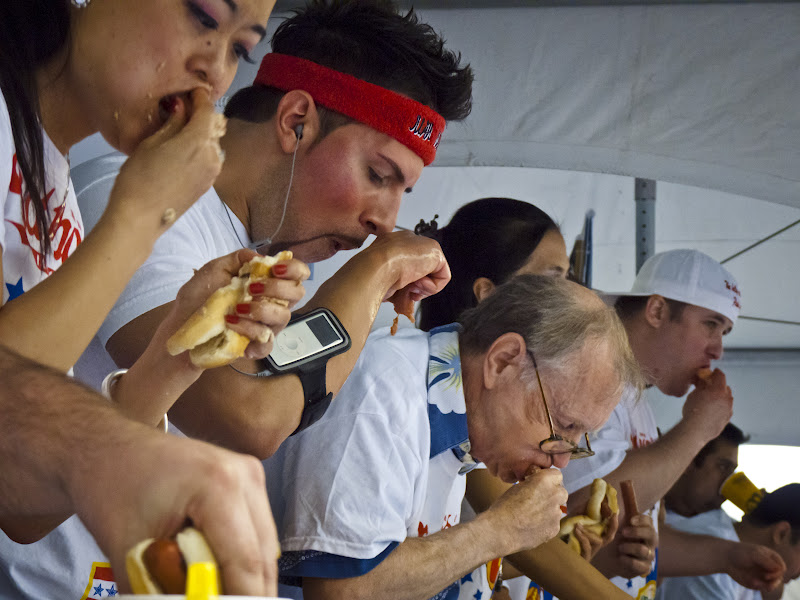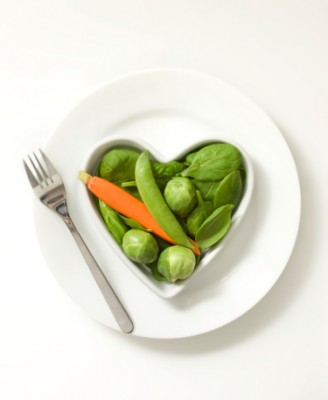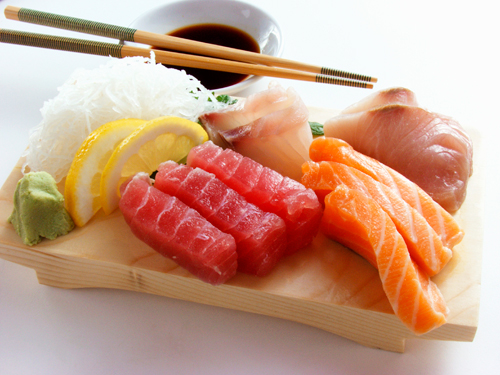Dear Davey,
I recently read that eating spicy foods can help burn extra calories. I’ve been incorporating more spicy foods into my diet, but haven’t really noticed a difference. Am I doing something wrong?
From,
Beth
As I’ve mentioned before, there is actually some evidence that spicy foods can burn extra calories.
In a study from Purdue University, researchers added red pepper to dishes and measured the impact on the participants’ appetite and metabolic rate. The study concluded that spicy foods can affect metabolic rate and even decrease overall food intake. It’s possible that spicy foods make us feel fuller, or that they simply cause us to eat slower. That’s pretty exciting.
However, the impact of spicy foods diminishes as individuals become desensitized to the spiciness.
Moreover, the metabolic boost is temporary. The metabolism is quick to return to its baseline.
In other words, eating spicy foods is not a complete strategy in and of itself. Putting hot sauce on fried chicken and macaroni and cheese, for example, doesn’t negate the unhealthy qualities of those foods.
Ultimately, we are able to shed excess fat by decreasing calories in and increasing calories out so that we create a calorie deficit. This is achieved through a healthier diet and both strength and cardiovascular training.
Use spicy foods as a tool, but keep your focus where it counts.
Love,
Davey








